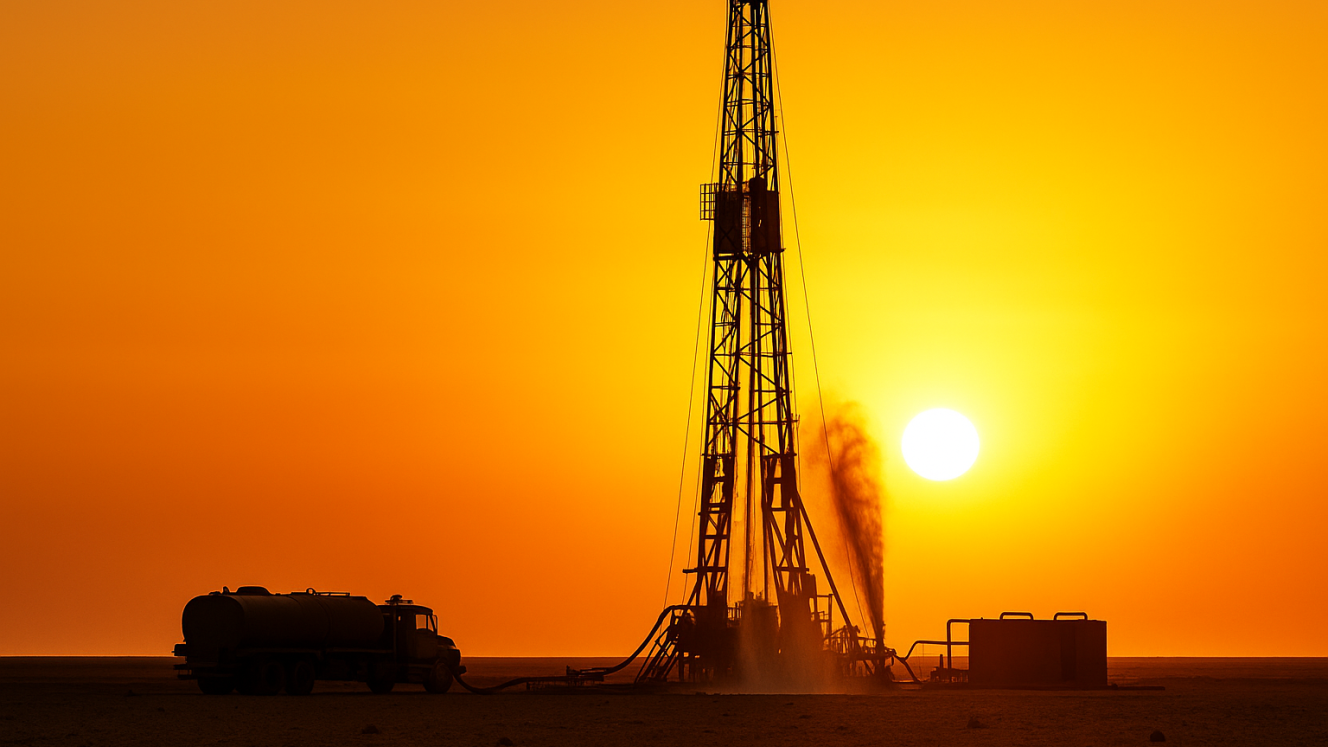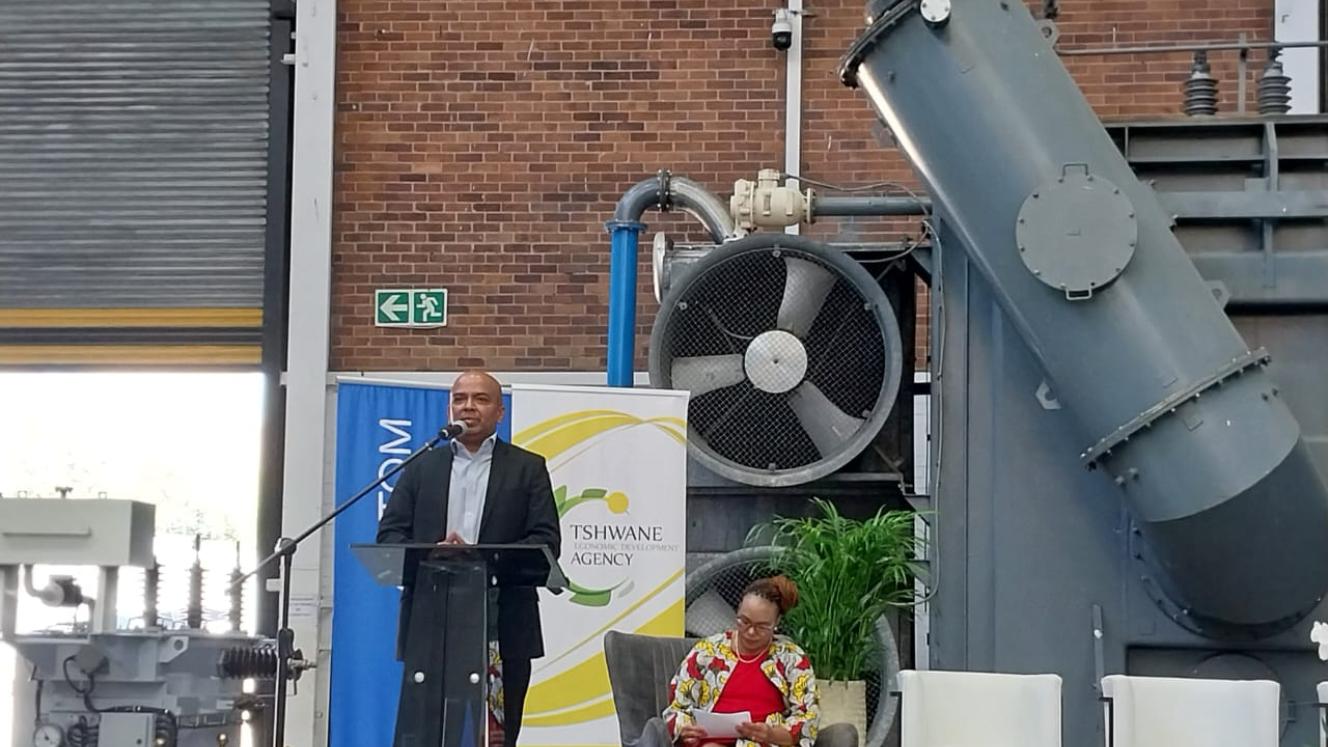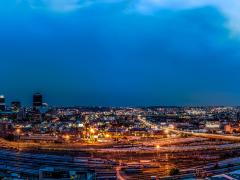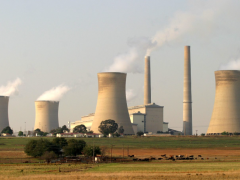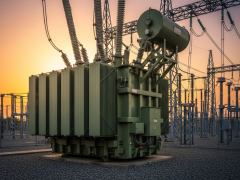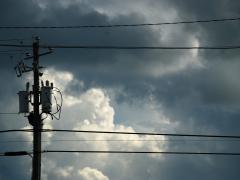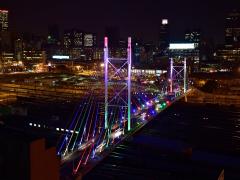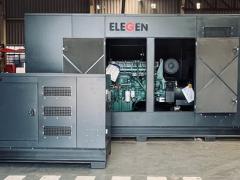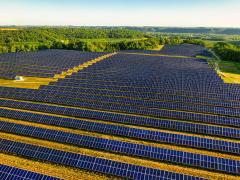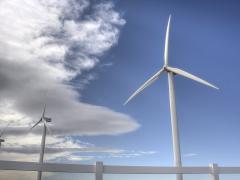South Africa is rapidly approaching a gas cliff and must act with urgency to avoid severe economic and energy impacts, Jaco Human, Executive Officer of the Industrial Gas Users Association of Southern Africa (IGUA-SA), told Parliament’s Portfolio Committee on Electricity and Energy on Wednesday, June 4.
The briefing, which featured presentations from IGUA-SA, the South African Oil & Gas Alliance (SAOGA), Sasol and the Central Energy Fund (CEF), revealed mounting frustration with government inaction, policy delays and infrastructure inertia.
LNG seen as only viable short-term fix
Human said imported liquefied natural gas (LNG) is the only short-term solution while local and regional gas developments are accelerated. “We must prioritise LNG through Mozambique and unlock Richards Bay. Terminals in Matola or Inhassoro are our only timely options but each requires over US$600 million, and we lack the fiscal framework to enable that investment,” he warned.
He noted that the absence of regional and domestic gas could potentially cost South Africa R17,76 billion annually in LNG imports by 2033. Time and failure to establish the necessary fiscal and guarantee frameworks are the most urgent risks, he added. South Africa has a nine-month window to finalise a viable fiscal framework and unlock investment decisions for LNG import infrastructure, which must be ready by mid-2030. Mozambique’s terminals would feed directly into the ROMPCO pipeline.
Sasol’s Head of Gas Solutions, Umesh Ramdhani, agreed LNG imports are the only short-term fix with local gas unlikely before 2037 due to regulatory and geological hurdles. However, he stressed LNG imports must be synchronised with gas-to-power infrastructure, warning that relying on LNG for industrial users is risky as demand at those price points remains untested. The strategy, he noted, calls for phasing in LNG alongside gas-to-power projects to ensure bankability and stable demand.
Policy drift stalls local gas development
While welcoming government’s acknowledgement of gas as a destination energy source, Human criticised lack of clarity. “The strategy is directionally sound but implementation remains vague. Industrial users need a roadmap with defined actions, timelines and policy commitments – not more consultations.”
South Africa’s upstream gas potential remains untapped due to policy uncertainty while neighbours like Mozambique, Tanzania and Namibia forge ahead, he added.
Stakeholders voiced concern about the delayed finalisation of the current Gas Master Plan, which leaves infrastructure priorities, pricing mechanisms and timelines undefined. “Gas shortages continue with no new infrastructure investment to meet demand and limited involvement by state-owned entities in securing gas. Industrial investment has stalled without confirmed projects and attention is shifting to neighbouring countries with reliable gas access. Despite the energy transition, execution plans remain absent,” said Human.
Minister of Mineral and Petroleum Resources Gwede Mantashe criticised the fragmented approach to the gas cliff, saying there’s no coherent strategy to deal with it. He noted the focus on imports ignores South Africa’s gas potential, citing delays in lifting the Karoo shale gas moratorium due to unresolved tensions between environmental and economic priorities. “Our environmental framework is acting more as a barrier than an enabler,” he said, adding that court cases, including one involving TotalEnergies, continue to stall progress.
Craig Morkel, Chair of the Gas Economy Leadership Group at SAOGA, criticised the Upstream Petroleum Resources Development Act, saying it was passed without incorporating industry input, damaging investor confidence. “The Act, as it stands, fails to promote bankability. Investors need clear regulation and a fiscal framework to model risk and reward without which there’s nothing to base decisions on,” he said.
Sifiso Msabala, representing the CEF, said the CEF has developed an 850 MW gas-to-power project ready to anchor the Matola LNG terminal in Mozambique but stressed that the final investment decision cannot happen without guaranteed offtake from industrial users and gas-to-power developers. “When you don’t guarantee an offtake, there’s no infrastructure project that gets to financial close,” he said.
Gas to power remains critical for grid stability as renewables are included, Msabala added. He said the CEF is urgently exploring opportunities to facilitate the importation of LNG. “Connecting the Rovuma LNG facility to the ROMPCO pipeline will require investment in a 2 600 km pipeline costing US$8 billion.”
